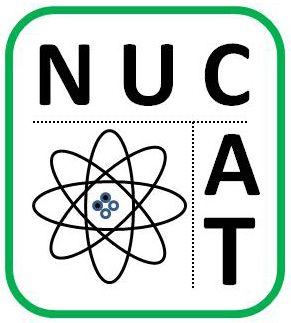Martin Fleischmann and Stanley Pons announced during a press conference on 23 March 1989 that they could produce nuclear reactions and thermal energy under ordinary conditions of temperature and pressure using electrochemistry. The reactions were termed “cold fusion”, even though no one really knew then with confidence that nuclear reactions were occurring. Their novel experimental work was at odds with known theory, so it became extremely controversial. Many scientists concluded that there were no nuclear reactions, and asserted that the reported experiments were in error. In fact, cold fusion became a widely-known and still-cited example of science gone wrong. But, the early and current naysayers are largely wrong.
Low Energy Nuclear Reactions have been studied by hundreds of scientists globally since the field began 22 years ago. At this time, the experimental evidence for the ability to induce nuclear reactions at low energies and temperatures is very strong. Further, many of the characteristics of the reactions and their products are already known. Descriptions of experimental equipments, materials, protocols, measurement techniques and results obtained with them have been published in over one thousand scientific papers, some of them in refereed journals. The mechanisms for the nuclear reactions are not yet understood. Nevertheless, the empirical information shows that they produce energy with harmless helium as the primary by-product in at least some cases. Transmutation reactions apparently result in the production of elements not in the system before an experiment. In most experiments, there is little immediate radiation and insignificant residual radioactivity.
Several start-up companies in the US, and many other academic, government and industrial organizations world-wide, are working on the science of nuclear reactions, in which a solid lattice plays a central role. During 2011, other start-up companies in the US, Greece and Italy have begun to commercialize LENR power sources. The commercial situation is changing rapidly now. Nevertheless, the expected products might provide the basis for green energy sources with many applications. A wonderfully attractive application of LENR energy is the production of clean drinking water from the seas and from contaminated rivers and lakes. The global medical benefits of having clean water widely available would be historic, possibly even in a class with the development of vaccines and antibiotics.

